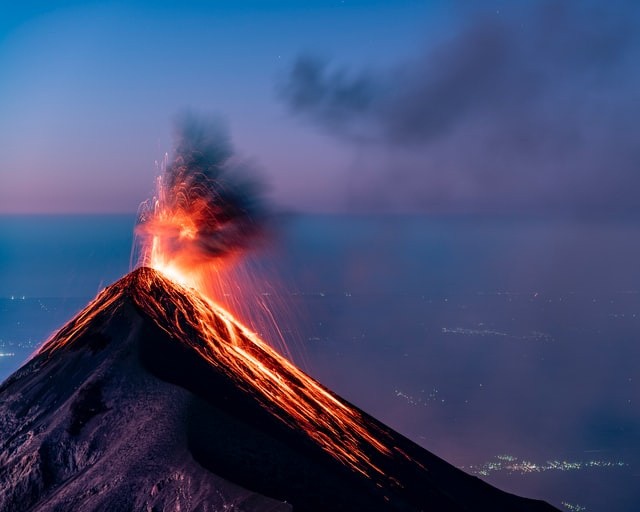Researchers have found that underwater eruptions are far more powerful than originally thought, and can blow volcanic rocks into the air at "supersonic speeds" in just a few seconds.
Last month, Hunga Tonga Hunga Haapai Volcano became a global news headline, but underwater eruptions were still largely underestimated.
Pink Pumice as a piece of evidence to a bigger eruption?
According to the Brisbane Times, the gorgeous pink tint shown by pumice from submarine volcanoes has made it clear to scientists that it may have exploded with even greater force than Tonga's recent volcanic eruptions.
The Havre seamount is a volcano located 900 meters above sea level in the southwestern Pacific Ocean and about 1200 kilometers south of Hunga Tonga and exploded in January.
Scientists were intrigued by the incidence of pink pumice within the massive pumice raft that resulted from the Havre 2012 deep-sea eruption, led by scientist, Professor Scott Bryan, Dr. Michael Jones, and Ph.D. candidate Joseph Knafelc, of the Queensland University of Technology. As per Sciencedaily.
While been studying pumice rafts for more than 20 years, Professor Bryan said that the pink pumice produced in the 2012 Havre eruption discovered some insights into how magma can shoot up from underwater volcanoes.
"It had to erupt with enough force to punch through nearly a kilometer of seawater and send this plume of material into the sky above," Unlike Hunga Tonga Hunga Ha'apai, Havre is far away. Its summit is 900 meters below sea level, and the closest settlement on New Zealand's North Island is about 800 km away. Professor Bryan added. As per Brisbane Times.
The Havre Volcano Eruption pumice rafts

Pumice rafts are another volcanic hazard caused by gas-soaked pumice stones. They require that part of the eruption is in water and that the eruption must be visibly saturated with gas and water.
Like most volcanic creatures, they also have beneficial effects on wildlife and plants, allowing them to become widespread as winds and currents travel thousands of miles. According to Volcanohotspot. They also provide a way for species to spread among isolated island ecosystems.
According to Radio New Zealand, There are two main types of volcanic eruptions: Explosive and Effusive. The term "explosion" is self-explanatory, but "effusive" means that lava flows steadily from the vent.
An international team of geologists studying the Le Havre eruption is trying to determine what kind of eruption it is, and so far has two conflicting sets of evidence.
As per Brisbane Times, Professor Bryan said that the new information must have been taken seriously, as there are a number of undersea volcanoes like what happened in Havre with more explosive potential. He also added that in terms of marine hazards, it will be quite rare but because the eruptions discovered can be explosive and if shipping was in the wrong place at the wrong time, it will be more dangerous and it will have a serious threat.
© 2025 NatureWorldNews.com All rights reserved. Do not reproduce without permission.





